AB is the optic axis of a lens. Lens is not shown in the figure. O and I are the position of object and image. Then match of following.

The correct Answer is:(A) Q, (B) S, (C) U
Topper's Solved these Questions
- RAY OPTICSBOOK - DC PANDEYCHAPTER - RAY OPTICSEXERCISE - Integer type q.
15 Videos
- RAY OPTICSBOOK - DC PANDEYCHAPTER - RAY OPTICSEXERCISE - C. comprehension type question
14 Videos
- PROPERTIES OF MATTERBOOK - DC PANDEYCHAPTER - PROPERTIES OF MATTEREXERCISE - Integer
8 Videos
- ROTATIONBOOK - DC PANDEYCHAPTER - ROTATIONEXERCISE - (C) Chapter Exercises
39 Videos
Similar Questions
A linear object is placed on the axis of a lens. An image is formed by refraction in the lens. For all positions of the object on the axis of the lens, the positions of the image are always between the lens and the object.
(i) Name the lens.
(ii) Draw a ray diagram to show the formation of the image of an object placed in front of the lens at any position of your choice except infinity.
View SolutionA point ofject 'O' lies in front of the lens as shown in figure. Find the final position of image formed by the combined lenses.
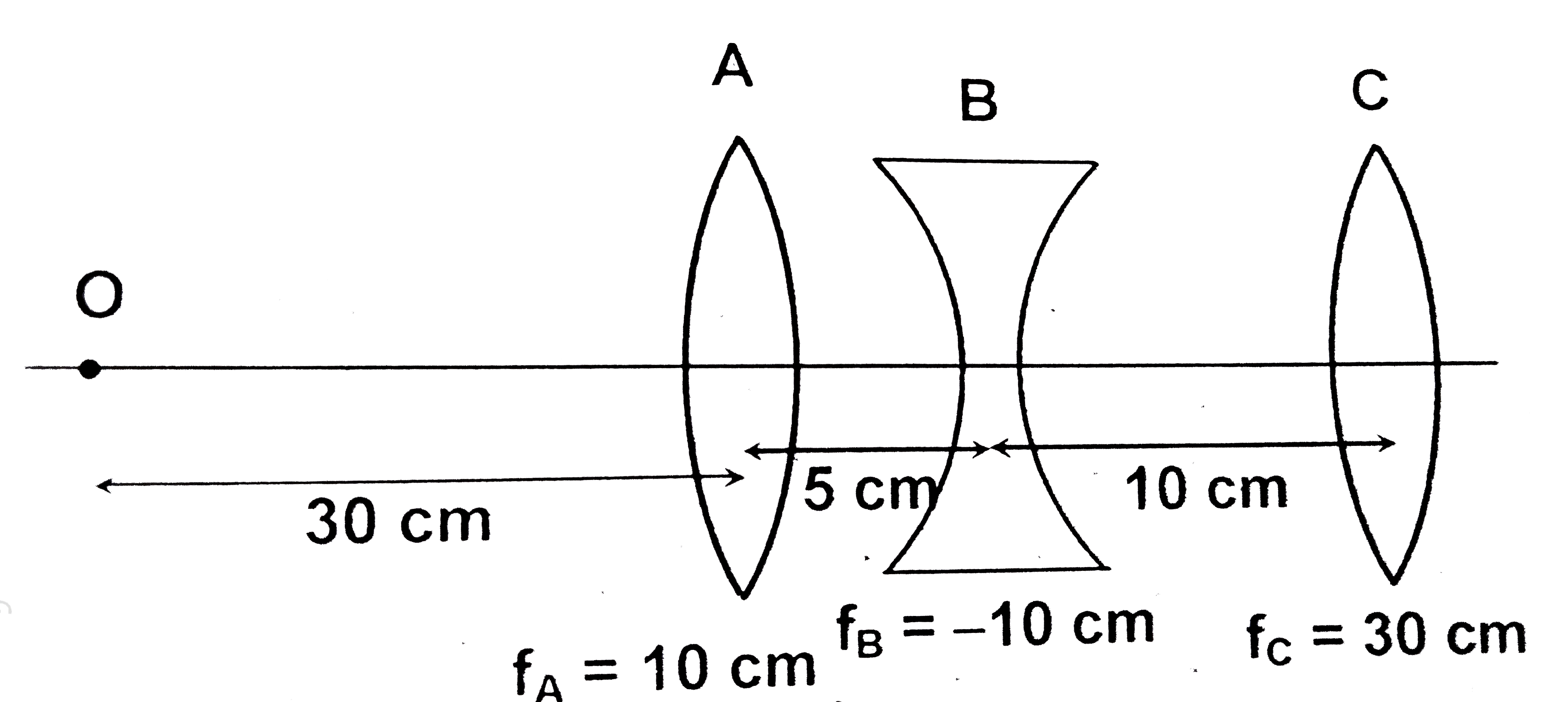
View Solution
Knowledge Check
A luminous point object is placed at O, whose image is formed at I as shown in the figure. AB is the optic axis. Which of the following statements are correct ?
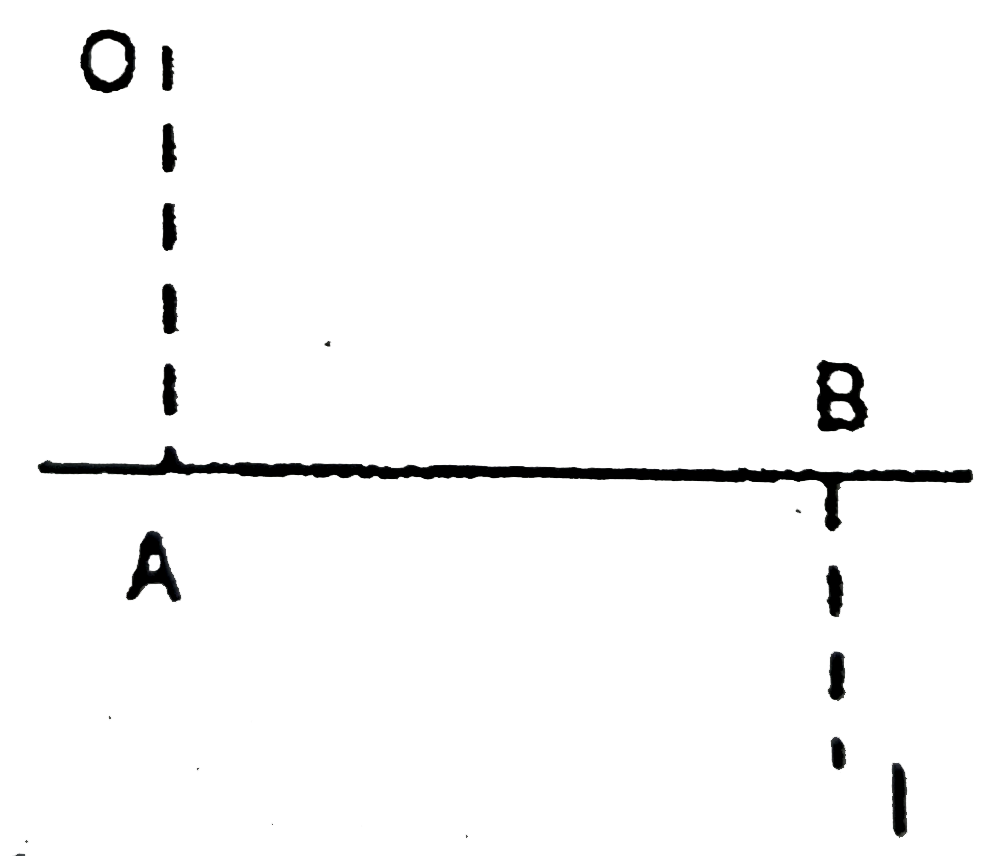 AIf a lens is used to obtain image, the lens must be converging.BIf a mirror is used to obtain image, the mirror must be a convex mirror having pole at the point of intersection of lines OI and AB.CPosition of principal focus of mirror cannot be found.DI is real image.
AIf a lens is used to obtain image, the lens must be converging.BIf a mirror is used to obtain image, the mirror must be a convex mirror having pole at the point of intersection of lines OI and AB.CPosition of principal focus of mirror cannot be found.DI is real image.A point ofject 'O' lies in front of the lens as shown in figure. Find the final position of image formed by the combined lenses.
 A10cm to the right of the lens CB15cm to the right of the lens CC20cm to the right of the lens CD30cm to the right of the lens C
A10cm to the right of the lens CB15cm to the right of the lens CC20cm to the right of the lens CD30cm to the right of the lens C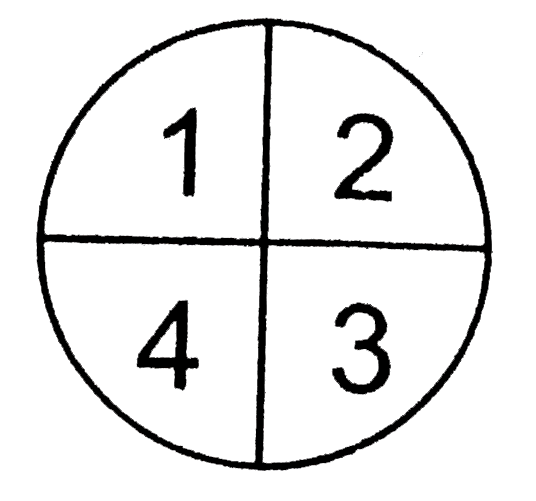
A convex lens is used to form a real image of the object shown in the figure. The real inverted image shown in the following figures isA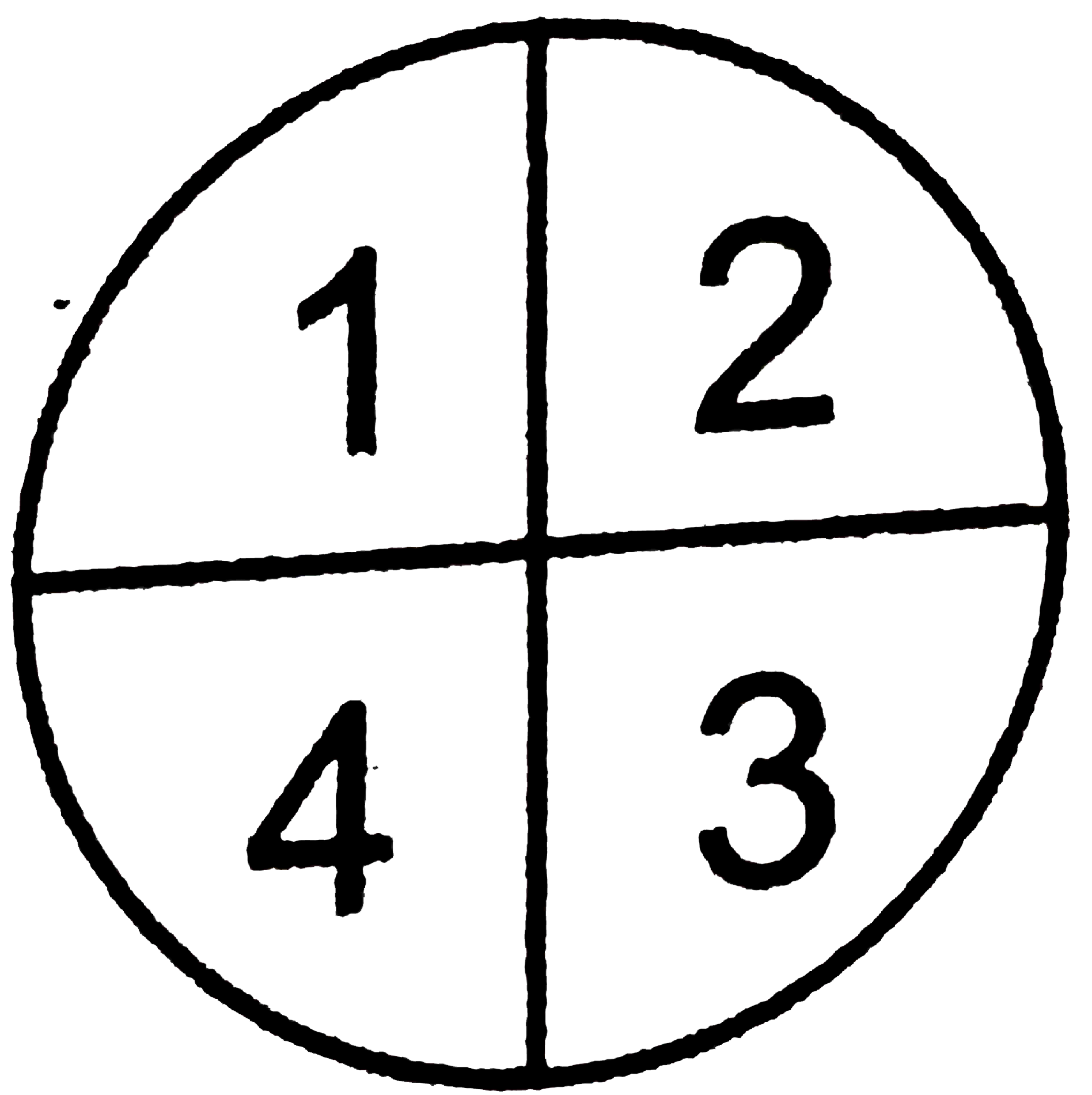 B
B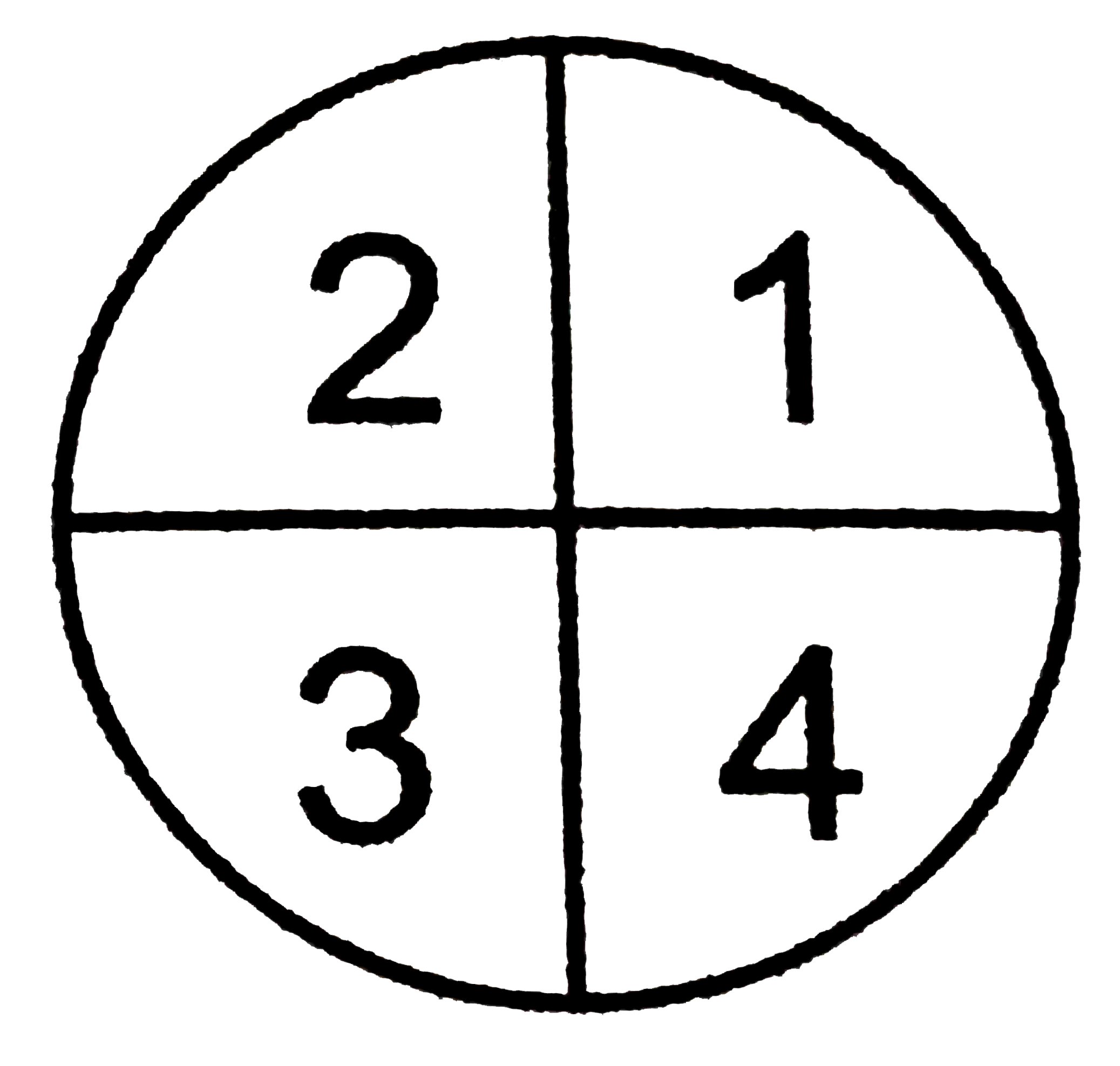 C
C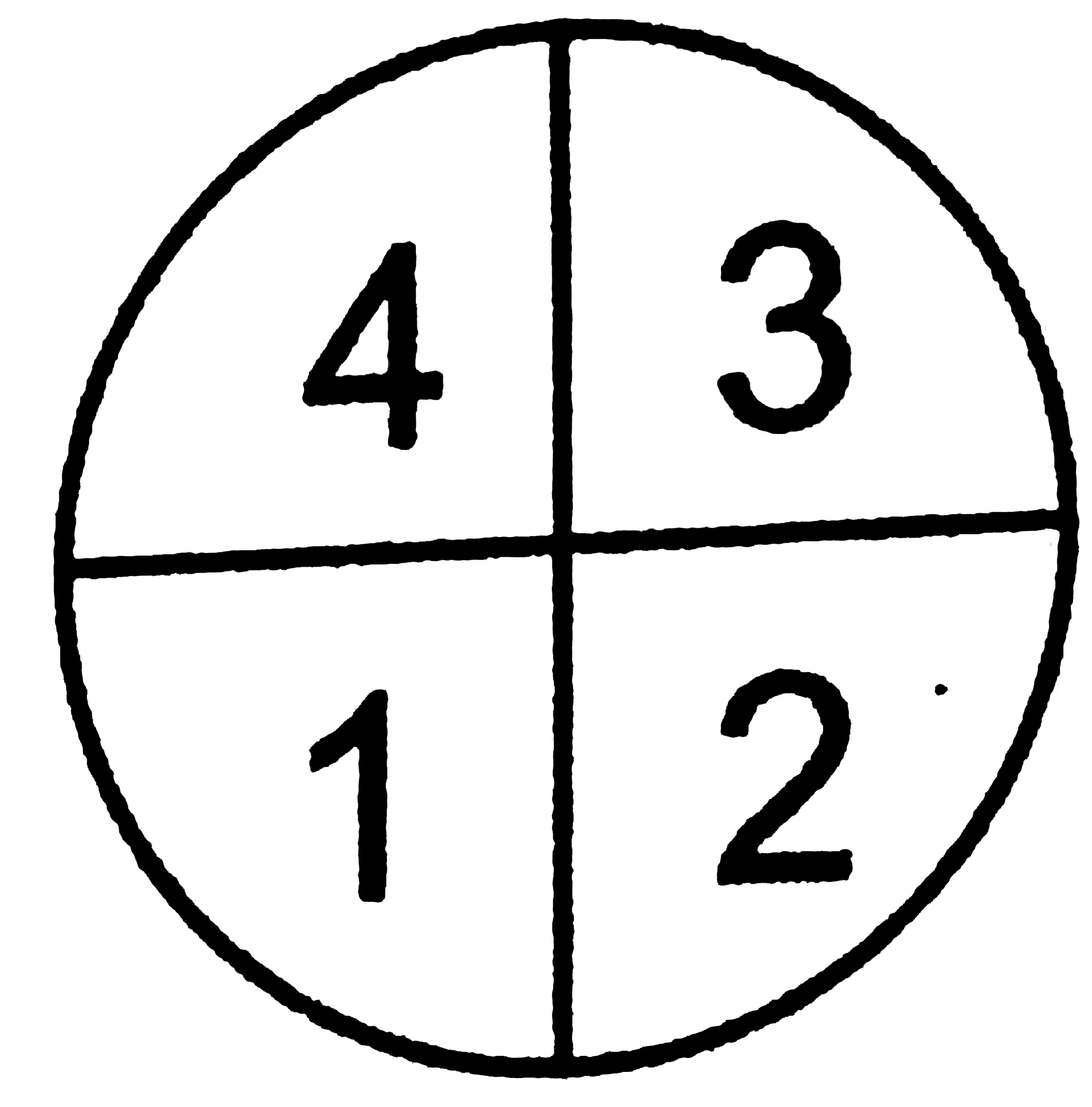 D
D
If the optic axis of convex and concave lenses are separated by a distance 5mm as shown in the figure. Find the coordinate of the final image formed by the combination if parallel beam of light is incident on lens. Origin is at the optical centre of convex lens

View SolutionAn object of height 1cm is set at angles to the optical axis of a double convex lens of optical power 5D and 25cm away from the lens. Determine the focal length of the lens, the position of the image. The linear magnification of the lens, and the height of the image formed by it.
View SolutionAn object of height 1cm is set at angles to the optical axis of a double convex lens of optical power 5D and 25cm away from the lens. Determine the focal length of the lens, the position of the image. The linear magnification of the lens, and the height of the image formed by it.
View SolutionIf the optic axis of convex and concave lenses are separated by a distance 5mm as shown in the figure. Find the coordinate of the final image formed by the combination if parallel beam of light is incident on lens. Origin is at the optical centre of convex lens

View SolutionA convex lens is made up of three different materials as shown in the figure. For a point object placed on its axis, the number of images formed are
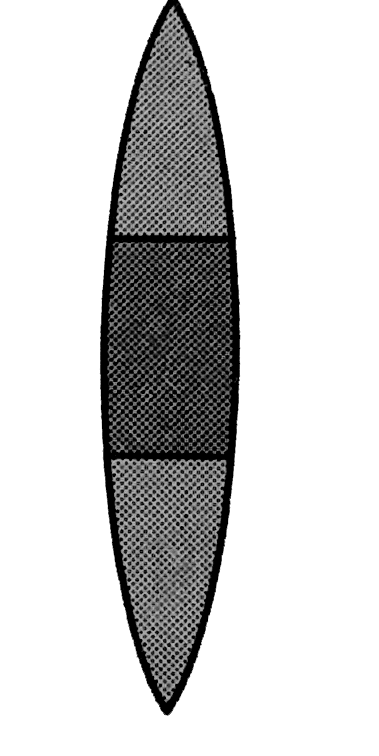
View Solution
